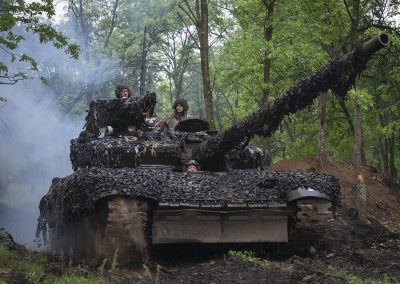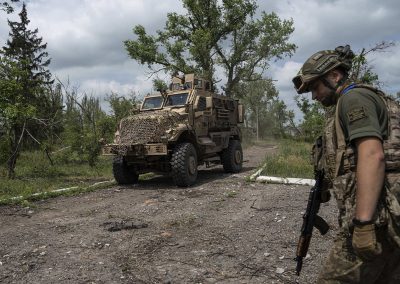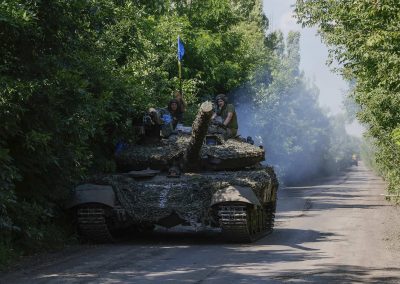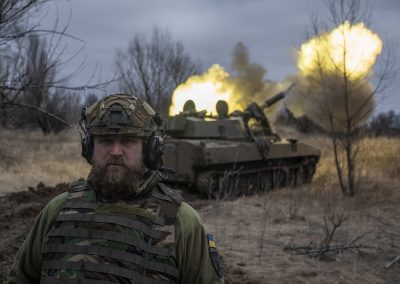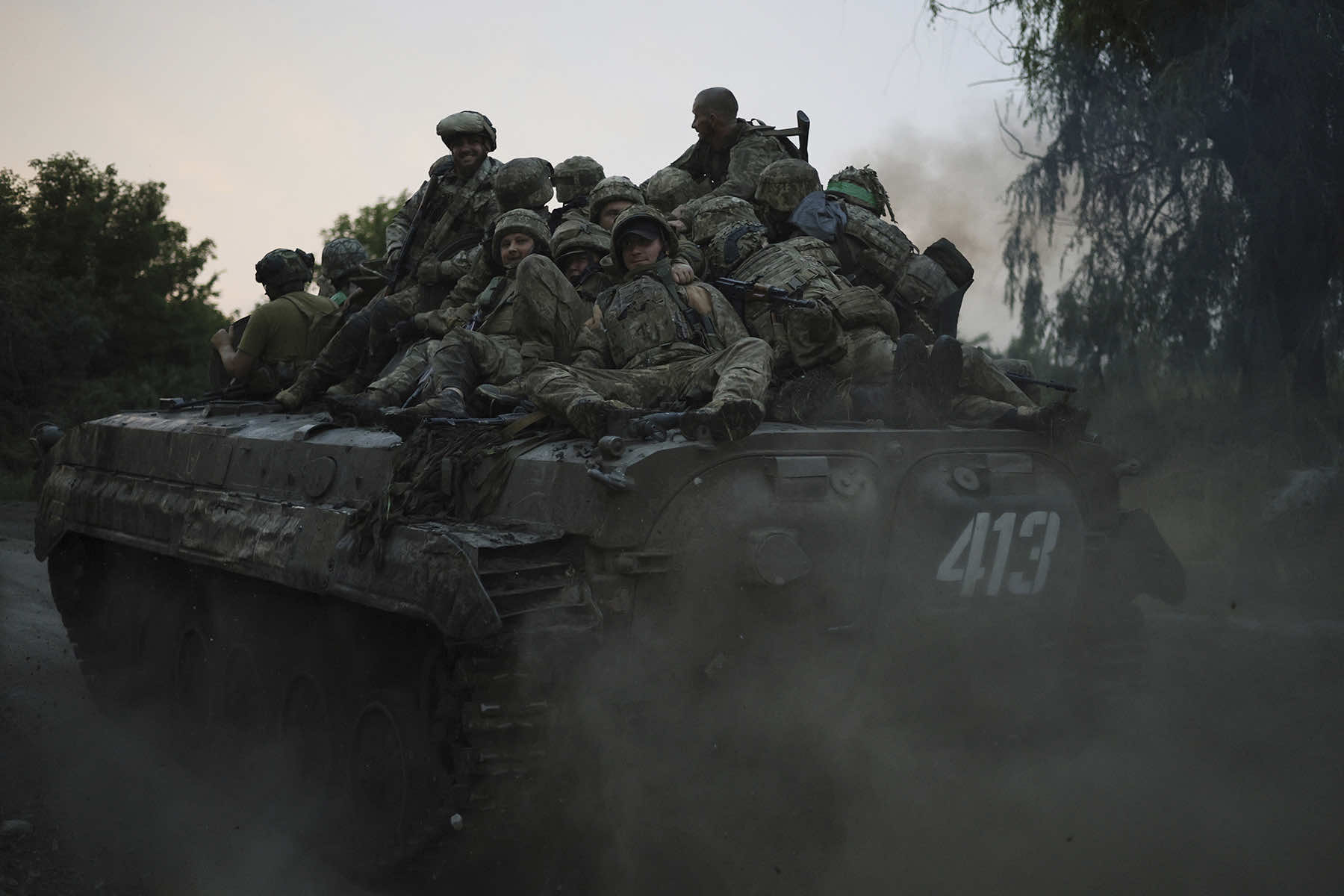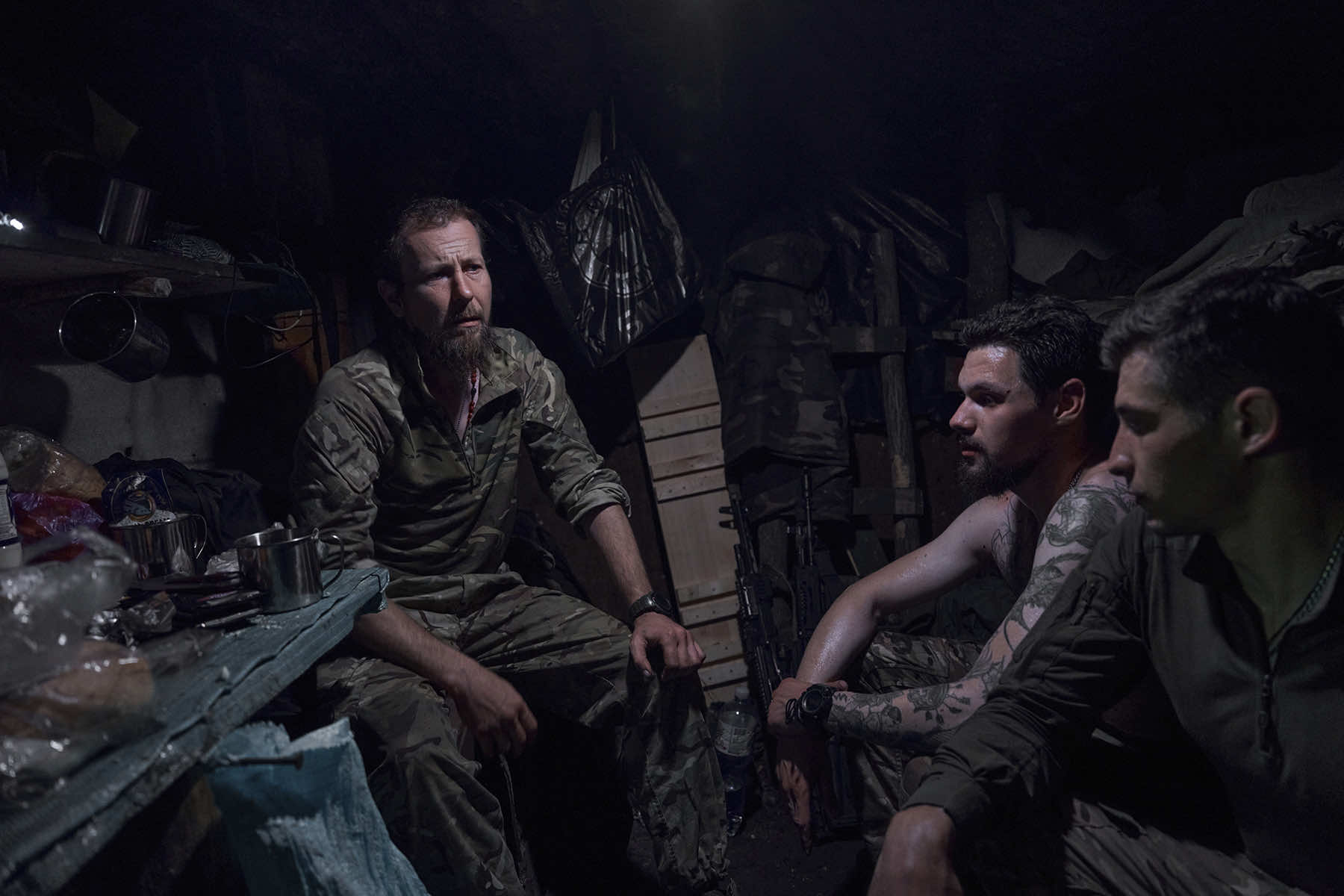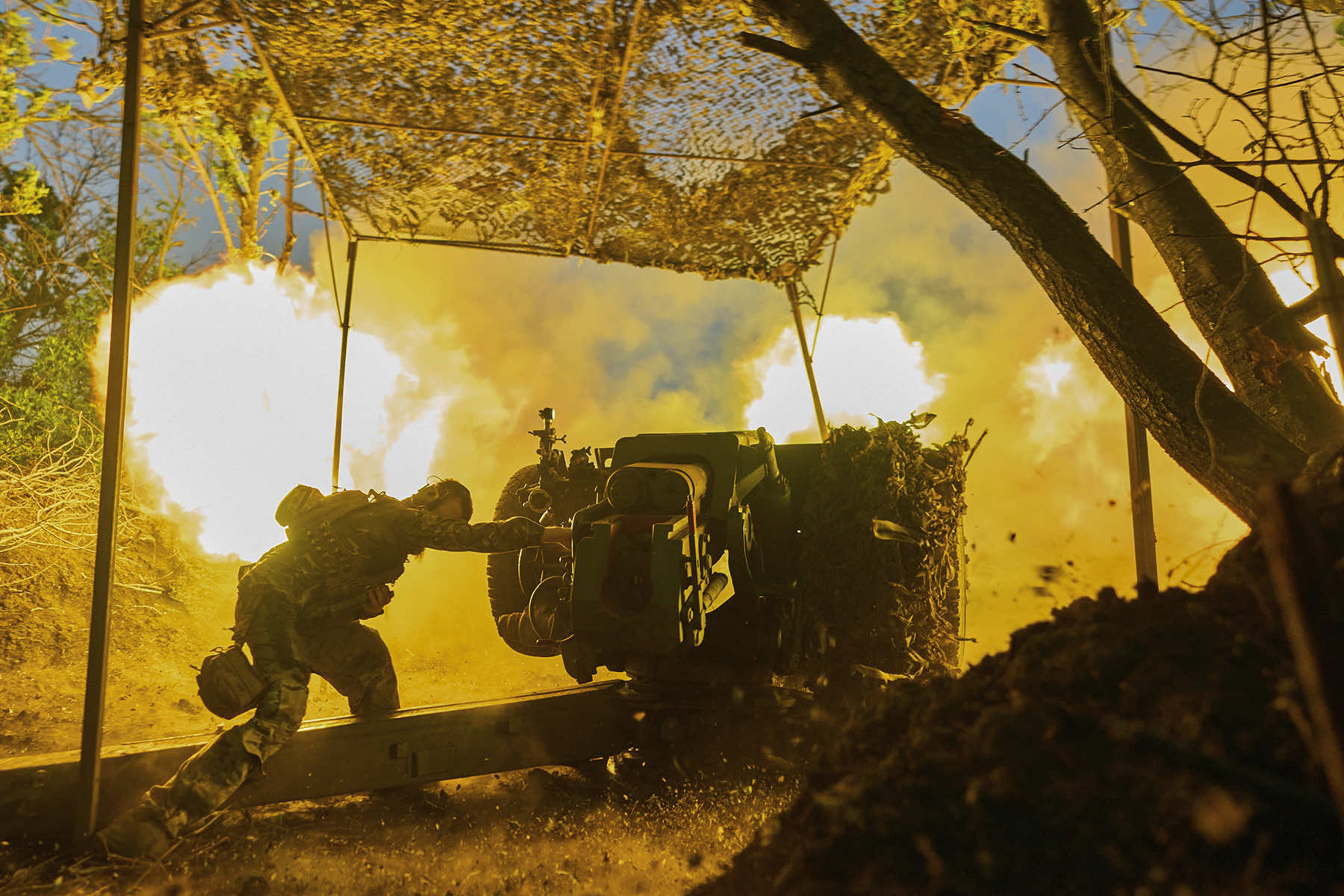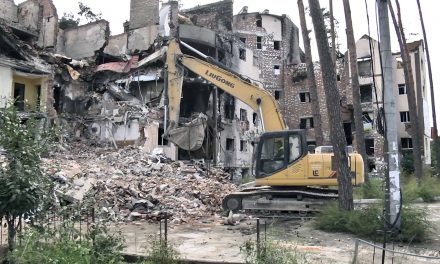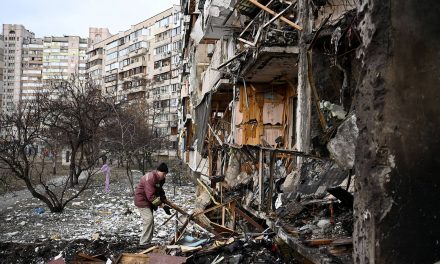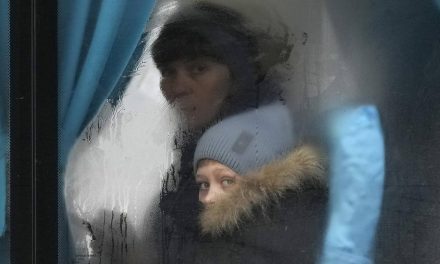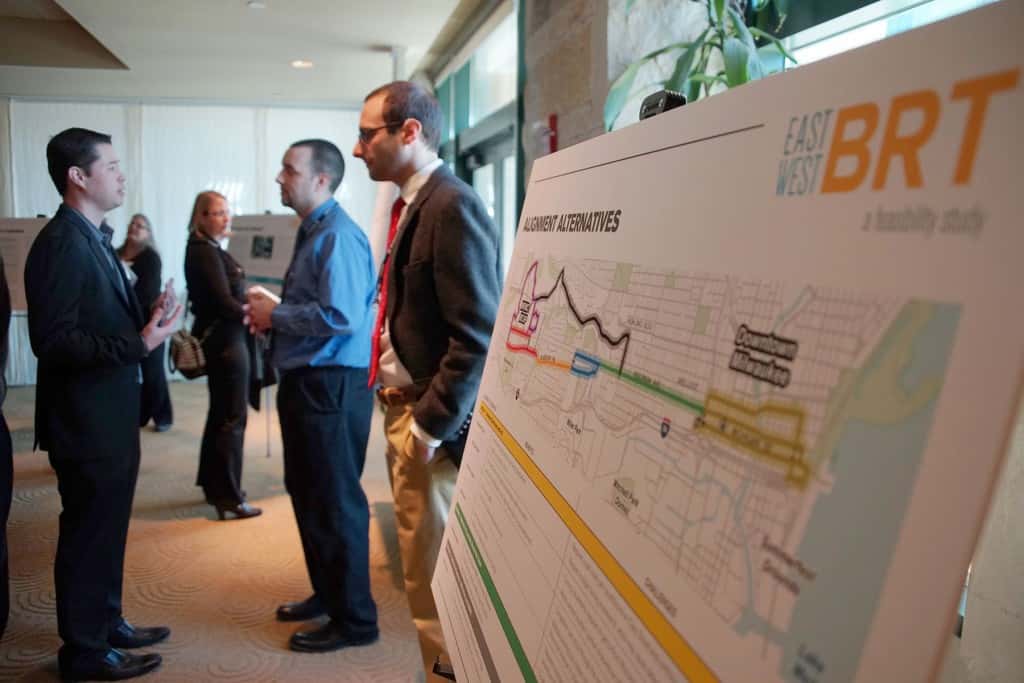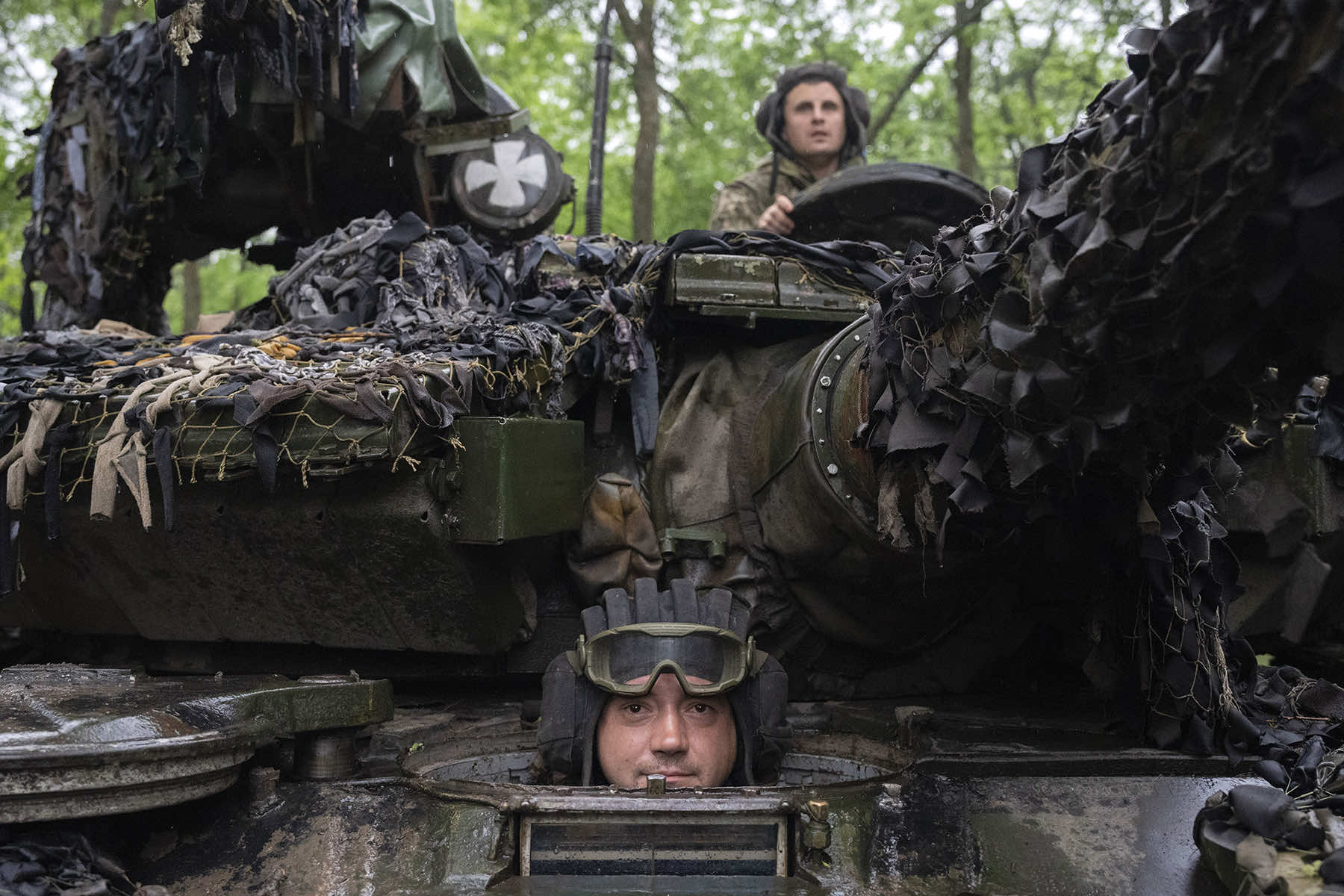
The first phase of Ukraine’s counteroffensive to recapture Russian-occupied territory began weeks ago without fanfare. Apart from claiming that its troops are edging forward, Kyiv has not offered much detail on how it is going.
Taking place mostly out of sight of impartial observers, the fighting in eastern and southern Ukraine pits troops equipped with new Western-supplied weapons against Kremlin forces that spent months digging formidable defenses and honing tactics. Here is a look at what is happening after more than 17 months of war:
WHAT ARE UKRAINE’S TACTICS?
Fighting has intensified at multiple points along the 930-mile front line. Ukrainian forces are making steady progress along the northern and southern flanks of the wrecked city of Bakhmut, which Russian forces have been occupying since May.
Battles are also raging along the southern front in Zaporizhzhia, where Ukrainian forces are making minimal gains and coming up against formidable Russian fortifications.
Hanna Maliar, Ukraine’s deputy minister of defense, recently claimed that Kyiv’s forces had destroyed six Russian ammunition depots in the space of 24 hours, a remark that hinted at Ukrainian tactics.
“We inflict effective, painful, and precise blows and bleed the occupier, for whom the lack of ammunition and fuel will sooner or later become fatal,” she said.
Britain’s top military officer says that is Ukraine’s first goal: starve Russian units of supplies and reinforcements by attacking logistic and command centers in the rear, including with U.K.-supplied Storm Shadow missiles. Ukraine is also trying to stretch Russia’s resources by simultaneously badgering multiple points along the front line, said Admiral Tony Radakin, chief of the U.K. defense staff, earlier this month.
Ukraine’s full-scale offensive will come, he said, when one point on the front line collapses. Kyiv’s reserve troops can then pour through the breach.
“I would describe it as a policy of starve, stretch and strike,” Radakin told a British parliamentary committee.
He noted that Ukraine lacks vital air cover for its attacks. Kyiv has won pledges from its Western allies of F-16 fighter jets, but they aren’t expected to be seen over the battlefield until next year. Ukraine is also asking for long-range weapons and more ammunitions.
The U.S. sent Ukraine cluster munitions in late June to help bolster its offensive. President Joe Biden said he hoped the controversial bombs will provide a temporary fix to help stop Russian tanks because “the Ukrainians are running out of ammunition.”
WHAT ARE RUSSIA’S TACTICS?
The Kremlin’s forces are using large numbers of anti-tank mines to slow Ukraine’s armored counteroffensive operations in southern Ukraine. That puts exposed Ukrainian attackers at the mercy of Russian drones, helicopters and artillery.
Even when entrenched behind many miles of trenches, anti-tank ditches and other obstacles, reportedly up to 12 miles deep in some places, Russian forces face plenty of difficulties.
Battlefield attrition has diminished Moscow’s military heft. The war has also exposed incompetence and a lack of initiative in Russian ranks, as well as poor coordination.
Radakin, Britain’s commander-in-chief, said Russia has lost about half its combat strength since its full-scale invasion in February 2022. Also, Russian factories aren’t able to supply enough munitions to replace those lost on the battlefield, he said.
For example, Russia has used about 10 million shells in Ukraine, while producing only 1 million new ones, according to Radakin. Similarly, it has lost more than 2,000 tanks but manufactured just 200 replacements, he said.
Russians are reportedly conducting offensive operations and making minimal gains in the northern Kreminna forest area.
WHAT COMES NEXT?
The Ukrainian counteroffensive will be “very long” and “very bloody,” U.S. Army General Mark Milley, chairman of the Joint Chiefs of Staff, said recently.
Ukrainian soldiers say the sheer weight of Russian shelling of their positions has been surprising and is slowing Kyiv’s advance.
In the open fields of Zaporizhzhia in particular, where finding cover is difficult, commanders are exposing fewer soldiers in order to limit the number of casualties from heavy artillery.
Ukrainian President Volodymyr Zelenskyy acknowledged recently that the counteroffensive “isn’t going fast.”
It started later than many expected, apparently as Kyiv waited for the delivery of Western arms and the arrival of Western-trained soldiers. That delay meant that the operation began in the summer instead of the spring.
Military planners have to bear in mind that the Ukrainian winter brings muddy conditions that bog down armor and troops. The notorious mud season even has its own name: “rasputitsa.”
Once the weather deteriorates, the warring sides will have to take stock and get ready for what could be another round of attritional warfare over the coming winter.
Western analysts say the counteroffensive, even if it prospers, will not end the war. But it could prove to be a decisive episode and strengthen Kyiv’s hand in any negotiations. Ukraine is also keen to show the West that sending aid was worthwhile.

